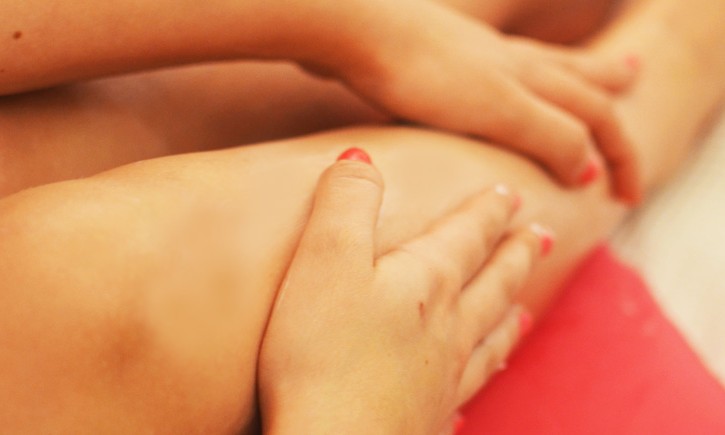Everything You Need to Know About Shin Splints

What are shin splints?
Shin splints just like most titles for an injury, is a broad term to cover different types of pain you would get in your shin area.
Shin splints, or medial tibial stress syndrome (MTSS), is common mostly in runners or soldiers, but that’s not to say everyone else is immune. The causes of MTSS can be found in tennis, badminton, football, basketball, even if you simply walk in shoes for long periods of time.
The main reason for it to occur physiologically is when the muscles and tendons are forced to rub against your tibia (shin bone) repetitively, eventually causing an inflammation between the two. Simply put we could think of it as “friction burn” though a little more intense. There are other anatomical responses but ultimately they all have the same outcome – pain in the shin.
Something to remember with MTSS is if you do feel pain in your shin during exercise don’t “train through the pain” as some mottos may say. It will only inflame further until you find you’re physically unable to do anymore. The more you train on an injury, the longer it will last.
How do I get shin splints?
It can occur for a number of reasons. Running on a hard surface such as long distance running on road surface applies constant impact on the body. This can cause inflammation in the lower leg muscles on its own. Overuse of your lower leg muscles can also play a part, so even if you’re running on sand or grass if you do too much you can’t be ruled out.
Tightness in your calves can be a reason for MTSS to flare up too; when your calves are tight that means your anterior leg muscles need to work extra hard to maintain that foot lifting action when walking or running, fighting against the resistance from the calves.
Also consider improper footwear. If you have recently bought new running trainers and suddenly get pain in you shins, rethink the trainers you’ve bought. They may not match your running style and encourage a heavier impact. Or maybe your trainers are worn out ?
Overpronating when running (as spoken about in a previous blog) can connect you with many types of injuries over time due to the improper landing of your anatomical structure. When this happens problems can spur from all over the body including MTSS. It commonly presents itself in new runners due to the fact that the muscles have never been put under that type of stress continuously before. Being a new runner you need to be very cautious of your running style, and ensure you get off to a good start. Seeking out a running coach or a sports therapist to analyse your running gait would get you off to a safer start and any areas you may be weak with can be targeted early to prevent future problems.
What can I do to stop shin splints?
Well naturally my first mode of treatment would be to see a qualified sports injury therapist. Getting a detailed assessment on your injury to be certain it is MTSS would serve you well in knowing how to manage it on a day to day basis. You could expect to have some massage on the lower leg muscles to reduce any tension such as the calf problem mentioned earlier, you would most likely be given some cold therapy toward the end, possibly some taping and strapping for pain relief and assistance in circulation to the injured area, and no doubt you will be given some heavy advice and homework to take with you and rehabilitate your injury at home. Of course it depends on which therapist you see to how your treatment is planned out but ultimately you could see 10 therapists and have 10 different treatments. The main point is that you know it will benefit you and your pain.
Along with having treatment, you really want to make sure you take rest from any aggravating physical activities. MTSS truly is a nightmare to deal with, and if you continue to put it under pressure even while attending treatment sessions, it’s just not going to budge.
Be safe, train well, and hopefully we don’t see you at the clinic with any injuries!
- Finding Hope and Comfort Through Pain - 21st March 2025
- Non-Pharmacological Solutions for Managing Pain in Parkinson’s - 19th February 2025
- The Healing Touch: How Massage Benefits People with Spinal Injury Pain - 28th January 2025
